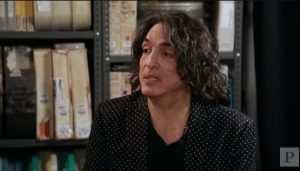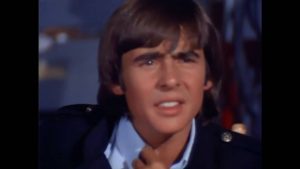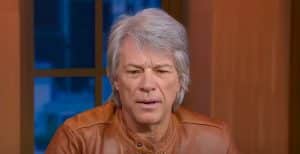Ringo Starr Hated Recording One Beatles Song

Ringo Starr live in 2009 - DrSalvadoctopus / Youtube
The final days of The Beatles were marked by mounting pressure and business turmoil, but amidst the chaos, George Harrison found solace in the creation of one of the band’s most beloved songs: “Here Comes the Sun.” As the group navigated the challenges of recording their iconic album Abbey Road, Ringo Starr, the band’s drummer, faced his own struggles in capturing the timing of the track. Despite the hurdles, Harrison’s composition became a masterpiece and a testament to the enduring creativity of The Beatles.
During a break from the band’s demanding business meetings, George Harrison sought refuge at Eric Clapton’s house. It was there, in the early morning sunlight, that Harrison found inspiration while strumming his acoustic guitar in Clapton’s garden. The melody for “Here Comes the Sun,” a song celebrating the wonders of a new day, came to life in Harrison’s hands. The track would ultimately become one of The Beatles’ most celebrated songs, alongside Harrison’s other contribution to the album, the poignant “Something.”
Ringo Starr’s Struggles
While “Here Comes the Sun” exudes a sublime sound on the final album, Ringo Starr encountered difficulties in recording the track. Beatles engineer Geoff Emerick recalled Starr’s frustration, revealing that the drummer struggled with the timing of his tom fills, which were essential to the song’s impact.
“Ringo’s tom fills really make the song, but funnily enough, he hated doing them because he could never remember what he did one take to the next.”
Starr’s challenge lay in remembering the precise fills from one take to the next, as the song underwent significant time changes after the chorus.
Starr’s Unique Approach
In the documentary “Living in the Material World,” Ringo Starr candidly explained his difficulty with the song’s timing to Martin Scorsese. Harrison had informed him that the song was in 7 ½ time, a concept that didn’t naturally resonate with Starr. Drawing upon his innate sense of timing, Starr had to find a way to play the song consistently, ensuring that his contributions aligned with the rest of the band.
“George had been to India again. And he said, ‘I’ve got this song. It’s in 7 ½ time’. I mean, he may as well have talked to me in Arabic. I can’t think of counting to seven for the beat. That’s just not my brain. So I had to find some way that I played it in a way every time so it came off on the right time.”
The Influence of Indian Music
Harrison’s experimentation with different time signatures was likely influenced by his exposure to Indian music and collaboration with musicians such as Ravi Shankar. Immersed in the melodies and rhythms of the region, Harrison incorporated unconventional timing into his compositions, straying from the conventional 4/4 structure.
Additional Struggles and Harrison’s Triumph
Starr’s challenges with “Here Comes the Sun” were not the only difficulties faced during the Abbey Road sessions. McCartney’s “Maxwell’s Silver Hammer” posed its own set of obstacles for the band. Despite the hardships, Starr commended the album as a whole, particularly highlighting the final medley of songs as one of the group’s finest accomplishments. George Harrison’s level-headedness and creative brilliance allowed The Beatles to produce one last masterpiece together, despite the mounting stress surrounding them.











